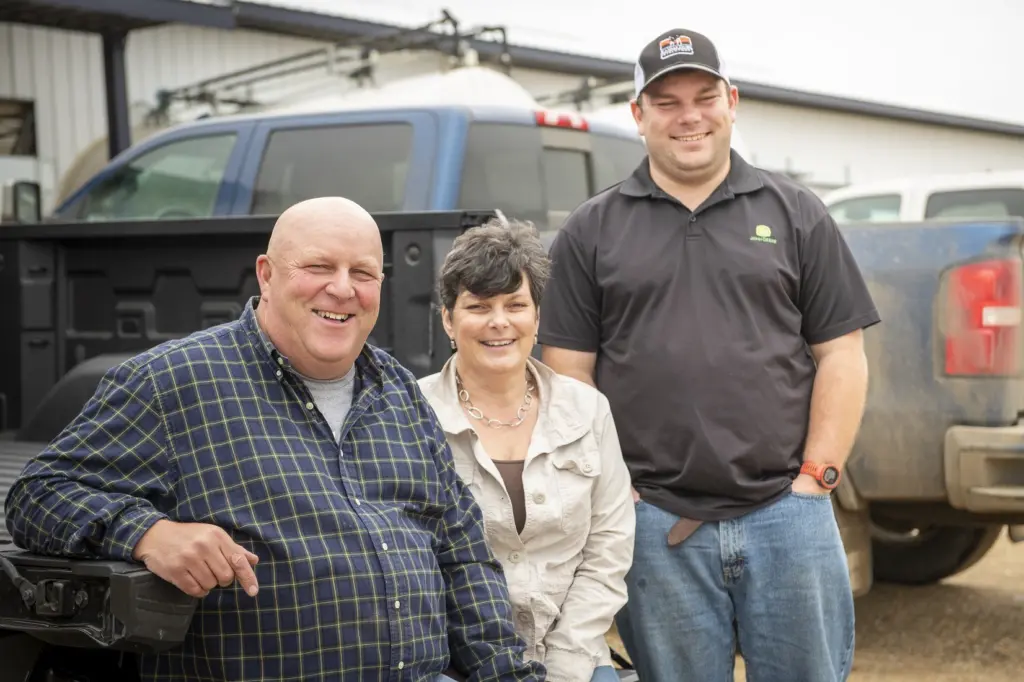For Rodney Elliott in 2006, tiny Lake Norden, South Dakota, represented the land of milk and dairy, an agricultural promised land worthy of a cross-continental move. Despite not knowing anyone there, Rodney and his wife, Dorothy, sold the Northern Ireland dairy farm they’d operated for more than 20 years, packed their bags, and — along with their children, then ages 10, 12 and 14 — immigrated to the Midwest to start anew.
“We chose Lake Norden because it was strategically close to competitive milk markets, was a community we liked when we visited, and was dependent on agriculture,” said Rodney. “It was a big step, but we believed in our own abilities and in our family vision.”
Thirteen years, 1,200 acres and 5,000 cows later, he looks back at the leap of faith without regret. Two of their children have moved elsewhere, but Rodney and Dorothy’s oldest son, David, remains a full-time employee, having infused technology into the farm. Now, all cows wear radio-frequency activity trackers that monitor their whereabouts, diets and more. Some cows wear transmitters that can even help with fertility.
Drumgoon Dairy, named for the township in Ireland that Rodney used to live in, also made the big decision in March 2019 to become almost completely antibiotic-free — no small feat, considering its large herd size. And the farm tries to be as sustainable as possible, respecting the resources it draws upon, which first and foremost includes the cows.
“A dairy cow is the true recycler,” noted Rodney. “She takes in rough forage and turns it into healthy milk.”
From a community perspective, Rodney says South Dakota welcomed the family with open arms. Now that his operations have grown, he’s pleased to return the favor, hosting tours for schools or other groups, hiring people in need of jobs (45 people currently are employed at Drumgoon, and about half of them live on-site) and buying cows from nearby retiring dairy farms. In his view, such activities not only are nice gestures, they’re essential for the dairy industry to thrive.
“In the future, dairy will have to be community-oriented in different ways,” said Rodney. “That could be better familiarizing people with what we do, cosigning for equipment with crop farmers, or partnering with local agriculture in other ways.”
